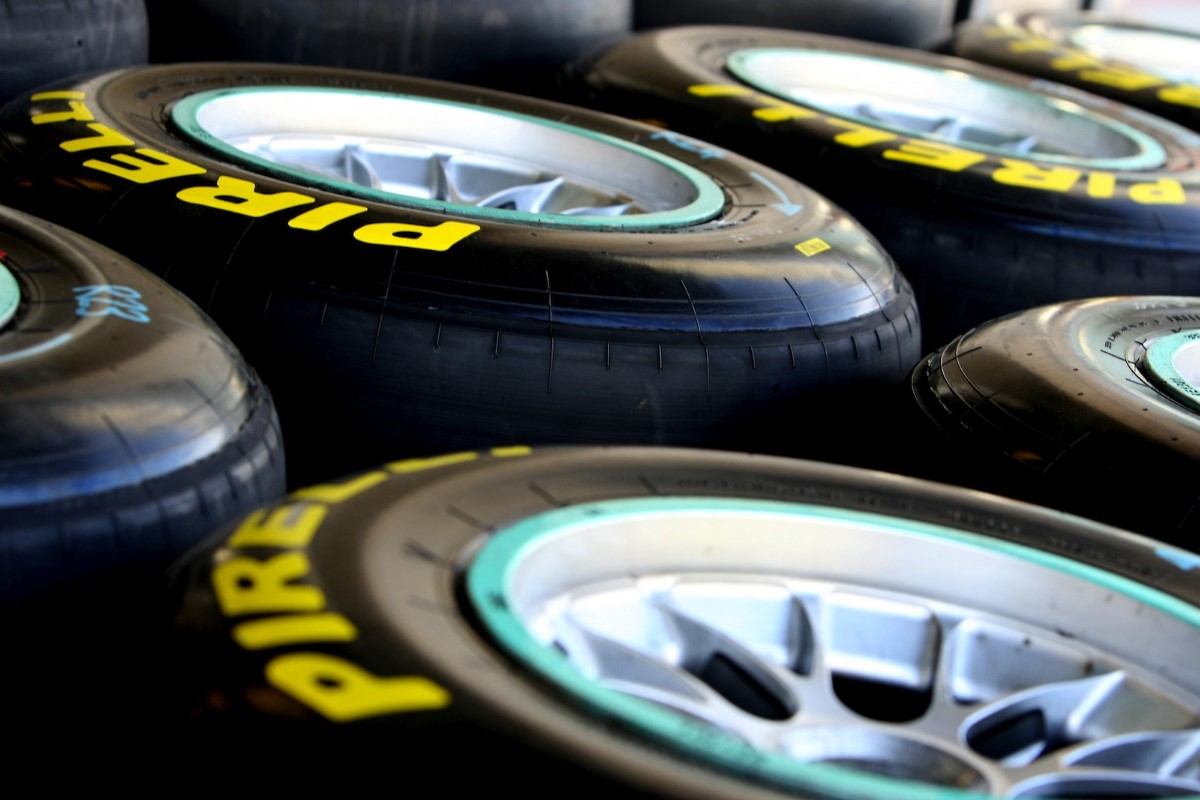Pirelli bring Soft and Supersoft tires for Singapore GP
 |
| Pirelli F1 tires |
The final street circuit race of the season takes place in Singapore: the only country to host a grand prix that takes place entirely at night, under the glare of 1500 light projectors.
Inaugurated in 2008, the race takes place through the Marina Bay area of Singapore, on asphalt that normally serves as busy city streets. As a result, the bumpy surface is inconsistent and offers low grip, incorporating the usual street furniture such as painted white lines and manhole covers as extra hazards for the tires.
The two compounds that Pirelli will bring to Singapore are the P Zero Yellow soft tires and P Zero Red supersoft tires: the same combination that was used on the street circuits of Monaco and Canada as well as in Hungary. The characteristics of Singapore mean that the average speed lies in between those two tracks, but just like Monaco and Canada the track progressively rubbers in and gets quicker over the course of the weekend. However, Singapore is also one of the hottest and certainly the most humid street circuit of the season, with minimum temperatures of around 28 degrees centigrade during the race and humidity between 75% and 90%. Despite this, it has never yet rained during the race in its three-year history. Engineers and tire technicians are faced with the opposite problem to the usual one they encounter, as track temperatures tend to go down dramatically during each session, rather than rise.
With 23 corners – two of which are taken at over 160kph – Singapore has the second-highest number of corners of any circuit (Valencia has the highest, with 25). This makes it as demanding on the tires as it is on the drivers, with the last sector of the lap in particular being one of the most technical of the entire season.
Pirelli's motorsport director says:
Paul Hembery: "Singapore is a race that adds a unique and truly spectacular new dimension to the Formula One calendar. Because it is such a specific event, this makes it quite hard for teams to arrive at the best set-up and you often see some quite different solutions. Our tires have to work equally effectively within a wide range of parameters, and this is one of the biggest challenges for us over the course of the year. A lot is made of the heat in Singapore, but what people tend to feel is actually the humidity, which means that our tires should be comfortably within their working range when it comes to ambient and track temperature. The tires will be working as hard as the drivers this weekend: many of the drivers say that this street circuit is even more demanding than Monaco. As we've seen in the past, particularly in Canada, the combination of soft and supersoft tires provides plenty of opportunities for the teams to put in place some interesting strategies, with the supersoft in particular expected to provide an appreciable performance advantage. The free practice sessions in Singapore will be crucial, as the teams assess the effect of each of our tires on their set-ups and overall speed."
The men behind the steering wheel say:
Nico Rosberg (Mercedes GP): "The Singapore Grand Prix is definitely one of the highlights of the year and it's a circuit that I enjoy very much. I had the best finish of my career at the first race here in 2008, so the race holds some very good memories for me. Driving the Marina Bay Circuit is quite tough as the track is physically very demanding and the conditions are very humid and warm. The circuit has the feel of a true street circuit; it's tight, narrow and enclosed, with a stop-start nature that never gives you a chance to relax. It will be really interesting to drive here with the Pirelli tires for the first time, and assessing the tire degradation will be interesting. We will need to find a good solution, and hopefully we can continue the positive results that the team have shown over at the past two races."
Technical notes:
• Although Singapore is a street circuit, around one fifth of the track is permanent, built specifically for the grand prix. One of the big challenges when it comes to set-up is to make sure that the car suits the relatively smooth permanent part of the track as well as the bumpy street surfaces. Unlike most races, Singapore runs in an anti-clockwise direction.
• With the majority of the corners being low-speed, taken in second or third gear, teams opt for a high-downforce set-up. But the slower the corner, the more work the tire has to do, as the cars rely on mechanical rather than aerodynamic grip to negotiate them. This is particularly true in the final part of the lap, where the tires on the right-hand side of the car are doing most of the work.
• The 1500 light projectors that line the circuit are fitted with 2000-watt halide lamps, producing four times the illumination that an average football stadium can generate at night. The drivers see perfectly, but the contrast between light and shadow is exacerbated, which can make braking points difficult to distinguish.
